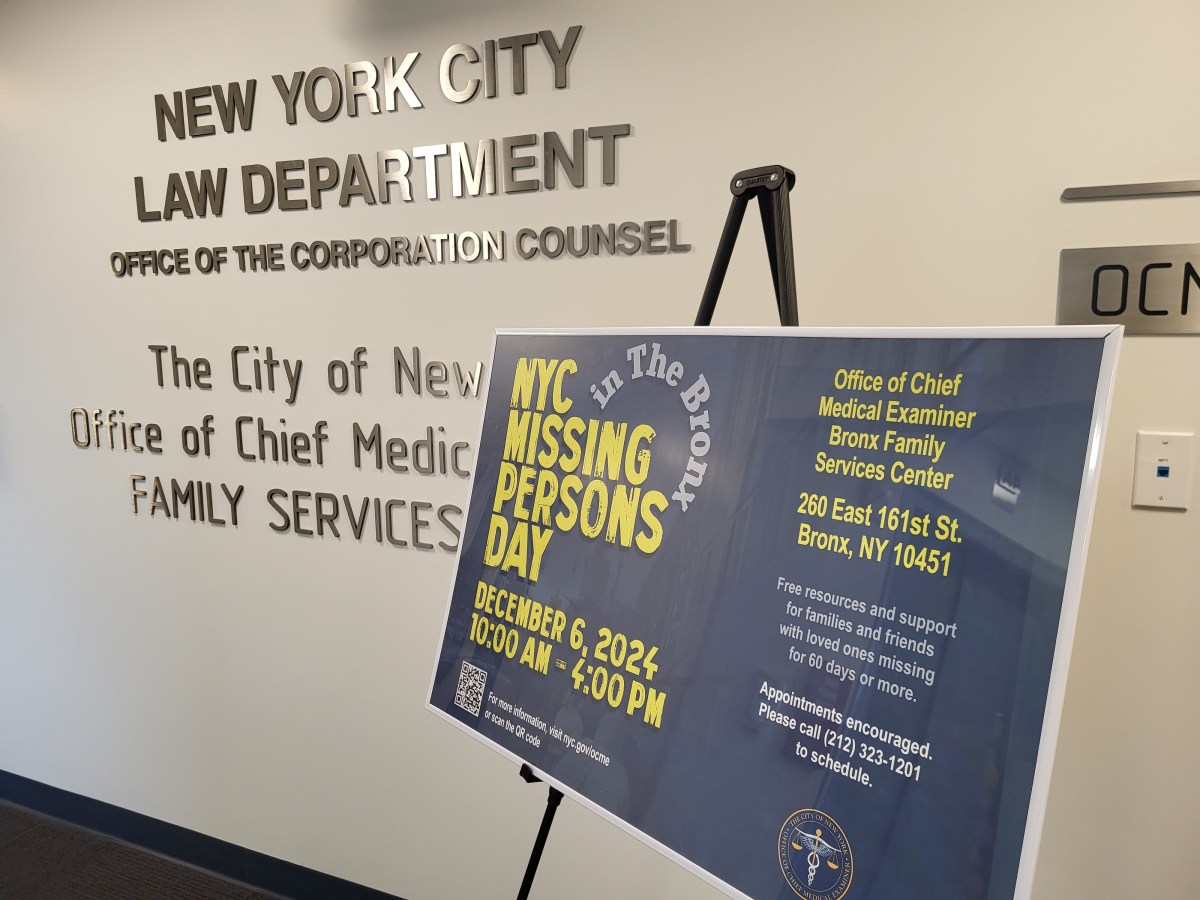Drive past LaGuardia Airport, down the Brooklyn-Queens Expressway or across the Tappan Zee Bridge, and the scenes change nearly every day.
Steel beams rise for the airport’s new terminal, pillars and cables take shape for the new Kosciuszko Bridge, and the span of the new Tappan Zee continues to form. By all accounts, the projects are on time and on budget, words that in the past were rare in describing New York’s big construction efforts. Welcome to the world of design-build.
Design-build is a method that allows government agencies to join the design and construction phases of a project under a single contract so that one entity is responsible. It’s supposed to save time and money while allowing for a cohesive, collaborative process.
Gov. Andrew M. Cuomo has used the strategy on a case-by-case basis, but now he’s proposing legislation to give all state agencies and county-level governments outside of NYC authority to use design-build.
Cuomo’s proposal should expand to include projects on city land and those run by city agencies. State officials worry they won’t be able to get a law passed that includes NYC, but politics shouldn’t stand in the way of saving taxpayers money and spurring economic development.
Design-build eliminates the bidding phase that occurs between when a project is proposed and designed, and when building begins. It can eliminate some fights and miscommunication between architects and contractors by putting a project in a single team’s hands, which can prevent some cost overruns. Fundamentally, it shifts the risk away from the taxpayer. Contracts contain incentives for on-time, on-budget projects, and penalties for delays.
To make design-build succeed, state officials will need to learn best practices and get training on how to implement the strategy, develop contracts and oversee projects. The Design Build Institute of America’s expertise is a good resource. Accountability and oversight are critical, and clear, comprehensive reporting requirements must be spelled out. Cuomo’s efforts mark a welcome shift in how projects can be designed and constructed. That opportunity should be open to all.



































